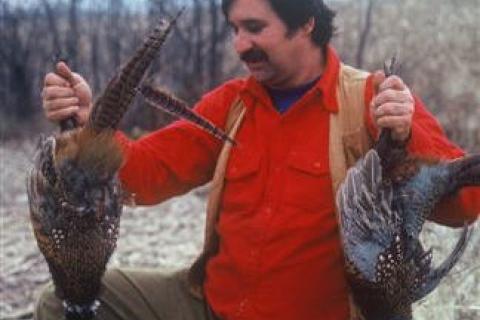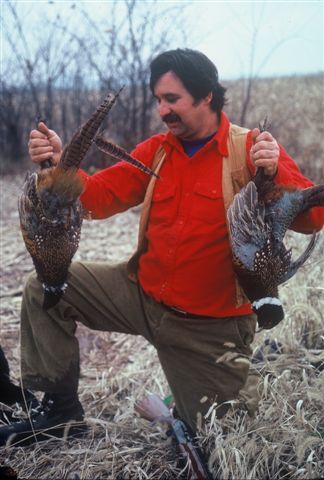
One of the greatest rewards of hunting upland game birds, waterfowl and wild turkeys is the delicious dinners that result from successful hunts. But for the ultimate in wild game dining, proper field dressing and care of the quarry is required from the minute we pull the shotgun trigger or release an arrow. In this two-part article we’re going to look at an often neglected subject: how to take care of game birds from field to table.
 |
| Proper field dressing and care of game birds is required from the minute you pull the shotgun trigger or release an arrow. |
Make just one mistake—like putting a game bird in a plastic bag before it’s totally cooled down—can ruin the hard-earned meat of a pheasant, quail, turkey or duck. Yet by following just a few basic rules, these pitfalls can be avoided, and you’ll wind up with fresh, tasty and tender table fare.
Both types of game birds — short-range fliers with white meat and long-distance migrants with darker flesh—offer something special that no amount of money can buy. Even the “game birds” sold in gourmet specialty shops and fancy restaurants are just domesticated versions of wild birds. They lack the varied, natural diet of truly wild animals foraging in field, forest and wetlands. They also lack the active lifestyle that keeps those birds lean and low in fat.
Getting the best wild meat actually starts before the trigger is pulled. Avoid shooting a game bird at short range or with too tight of a choke. If a bird is too close, let it get out a few yards more before pulling the trigger. When hunting turkeys, aim at the head and neck so you avoid getting excessive shot in the body. This also results in the quickest, most humane death for the bird.
One of the main ways game birds are ruined or deteriorate is from putting them in plastic bags. Never do this unless the bird has totally cooled down and can be kept in a cooler or refrigerator. Even then, the bag should be left open. The plastic traps any remaining heat and can quickly cause the bird to spoil.
Upland game birds, geese and ducks can be field dressed at the end of the hunt unless the weather is extremely warm. If the temperature is in the 70s or warmer and you can put the birds in a cooler, it may be better to clean them immediately or when you take a break from hunting. You can also draw the entrails out of game birds in the field with the special hooked prong some pocket knives are equipped with. Then you can finish cleaning them later.
Avoid carrying birds in game pouches stacked on top of each other for more than a couple of hours since this traps the body heat. Instead, place them in a cool, shady place, hang from a tree, or carry on a belt holder so air can circulate around them.
Whether to skin or pluck a bird is a personal choice. There are advantages and drawbacks to each method. Plucking makes a more aesthetically appealing presentation for the dinner table and helps retain moisture while the bird cooks. Plucked birds can be broiled, fried or baked. If you decide to pluck your game, it’s easiest to do this in the field soon after you’ve shot it, while the bird is still warm and feathers come out easily. After a few hours, the feathers set up and are harder to remove.
Skinning birds is quicker and removes most of the chemical residues a bird might have in its system, as well as the majority of fat and cholesterol—potentially important health benefits. Cook skinned birds in liquids or by pressure-cooking if possible, so they don’t dry out.
For more information about the tools to field dressing gamebirds, visit Tools and Techiques No Gamebird Hunter Should Be Without at Bass Pro Shops 1Source.
- 7381 views

